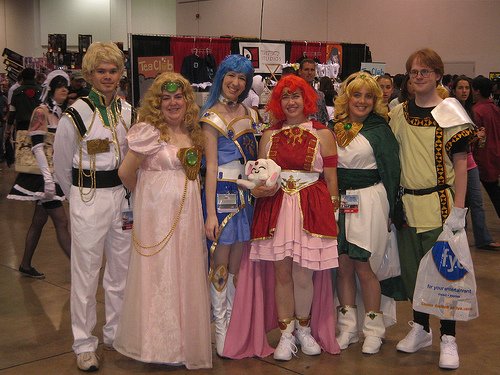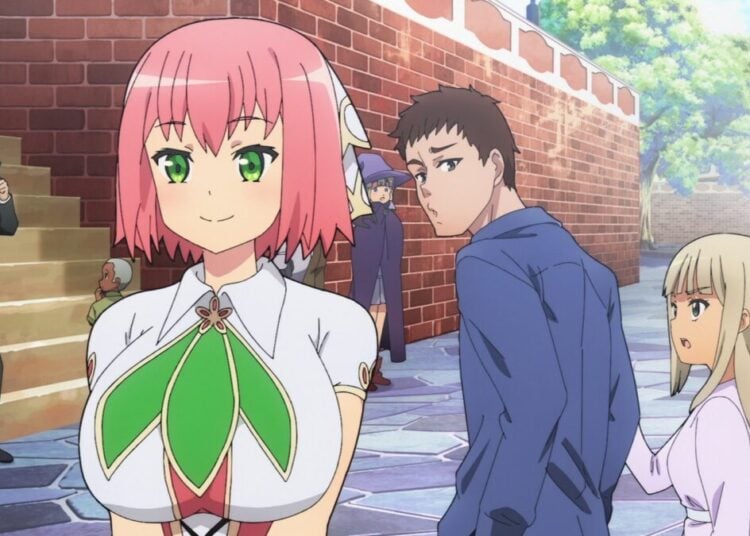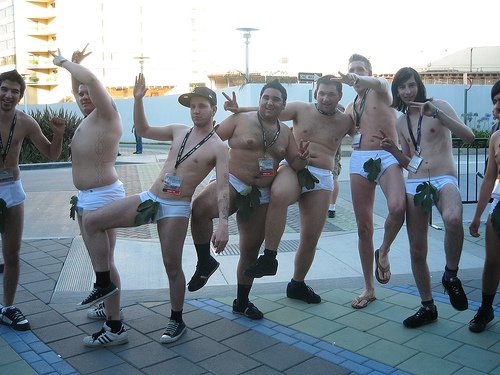There are many things to like about Japan: beautiful temples, delicious food, cherry blossoms, and Hello Kitty bento boxes. But another really cool aspect of the country are the baths, which come in two flavors: sento, or public baths (like the E. Honda level in Street Fighter II), and onsen (OWN-sen), or natural hot springs. Sento are the public bathing facilities that everyone used to use, back in the days when no one had their own baths at home. The name refers to the old currency of “sen” (1/100 of a yen), which used to be common in the days before World War II, before being retired for having so little value. A sento is just a low-cost ($2-3) place where you can enjoy several large baths, and maybe a Western-style sauna, and they often have beautiful ukiyoe style art painted on the walls. If you’re too poor to afford a nice house with its own bath, you have to hit the sento every day, and thus there’s a kind of bohemian feel to the places. While the traditional sento have a Showa-era charm to them, most people would rather go to an onsen, a bath warmed by an underground hot spring, all too plentiful in volcanic Japan. Onsen can be found in all corners of the country, although our own prefecture sports several popular onsen towns known for the quality of their baths. The best kind of onsen bath is the rotenburo (roe-ten-BOO-roe), or outdoor bath, which allows you to bathe while looking at the “vibrant nature” all around you, or up at the stars high above. Once I took a bath at a very nice onsen in Niigata Prefecture (the “Snow Country” of Kawabata’s famous novel), with the snow falling all around us while we were in the bath. It was quite an experience.
Japan has certainly had a rough decade and a half. During the 1980s the country underwent a massive real estate bubble, during which all the land in Tokyo was worth more than the entire USA, on paper. When the bubble burst in 1989, it brought on a massive economic hangover which took years to recover from. The bursting of the Tokyo land bubble brought many changes, including the end of the famous institution of lifetime employment (now few sararimen expect to hold the same job all their lives), and it also created an opening for American companies to assume a dominant position in several industries, from Coca-Cola joining the “Big Four” Japanese beverage makers to Toys “R” Us changing the face of the toy industry in Japan. During the off-again, on-again recession years, Japan took a “0%” approach to restarting the economy, lowering the interest rate for banks to nil, which allowed real interest rates to hover around 1.9-2.5% for many people. This summer, this policy will be officially ending, and Japan is bracing for a return of “real world” interest rates, and everyone is praying the change won’t cause more economic hard times for the country.
It seems that Japanese people never fail to surprise you. You would think that they’d be horribly offended by slurs like “yellow monkey,” and yet there was a well-known rock band in Japan that used that name to increase their fame. Similarly, Japanese composer Ryuichi Sakamoto played in a band called the Yellow Magic Orchestra, a name which sounds a little odd to gaijin like me. In the 1990’s, writer Shoko Ieda wrote a novel called Yellow Cab about the strange phenomenon of normally demure Japanese females going to New York and becoming nymphomaniacs when they find themselves suddenly free of Japan’s restrictive society, and the term came to describe all Japanese females who are loose sexually. You might assume this term would be offensive to the Japanese, but again, you’d be wrong: one of Japan’s most famous talent agencies is called Yellow Cab. They handle virtually all the top swimsuit idols in Japan, including Megumi, Eiko Koike and Eriko Satoh, and all girls who want to be “talents” (a catch-all word that refers to any kind of young swimsuit idol, singer or actor) dream of being scouted by them.
Every month we’ll have a different “Dating-Sim Game of the Month,” showcasing a game we think is really exceptional, which we’d like to recommend to everyone. This month the game is Little My Maid, a personal favorite of mine because of its excellent blend of beautiful characters, innovative interactive system and great story (based on a famous story by Hans Christian Anderson). You are transported to a mysterious mansion with three maids, who you can use any way you wish — ring the gold bell for loyal Mari, and silver bell for headstrong Hina and the copper bell for the super-cute Mayu. You must solve the mystery — what is the secret of these maids, who are thousands of years old? Special pricing on this outstanding game, this month only!















